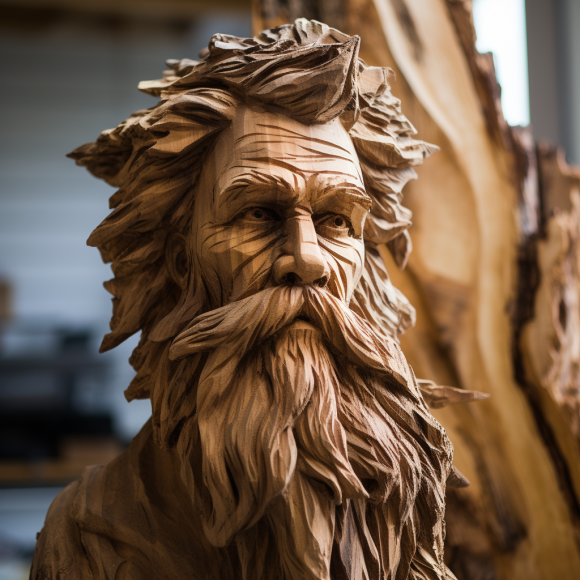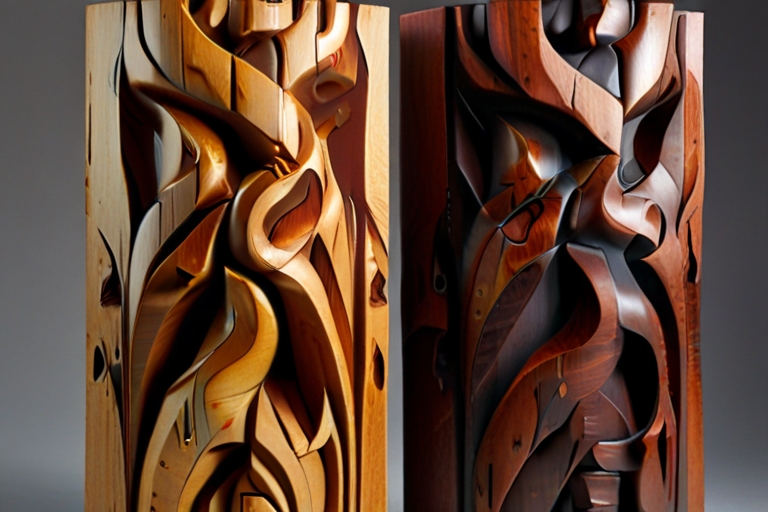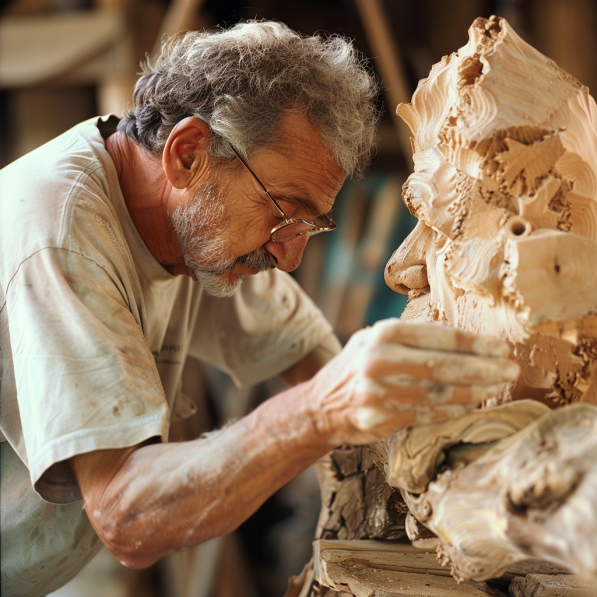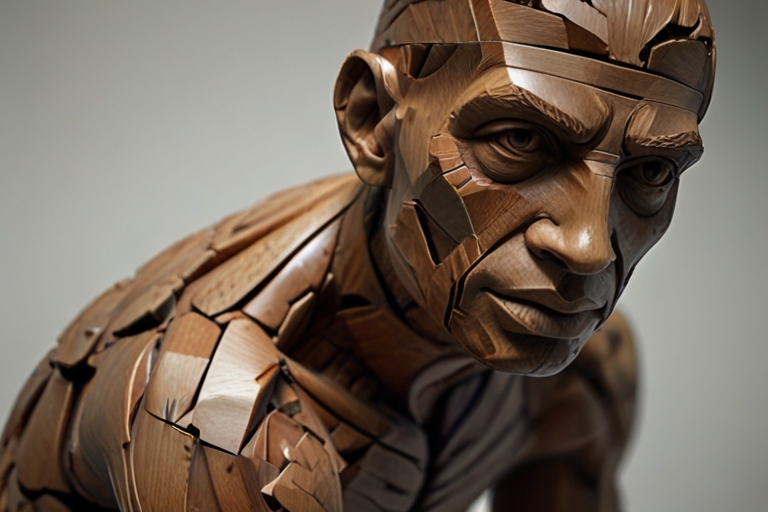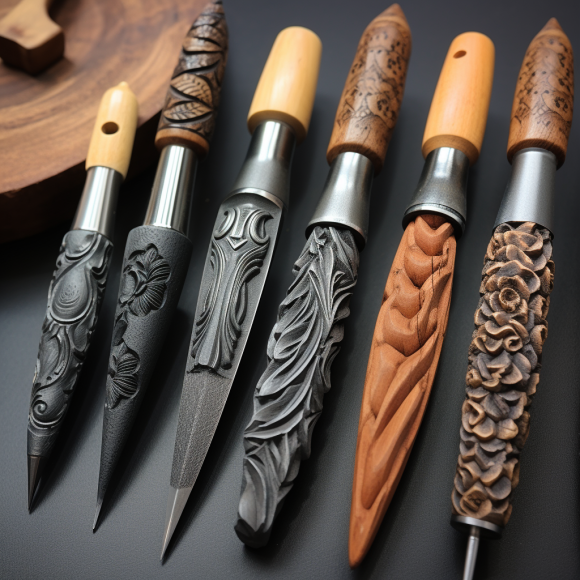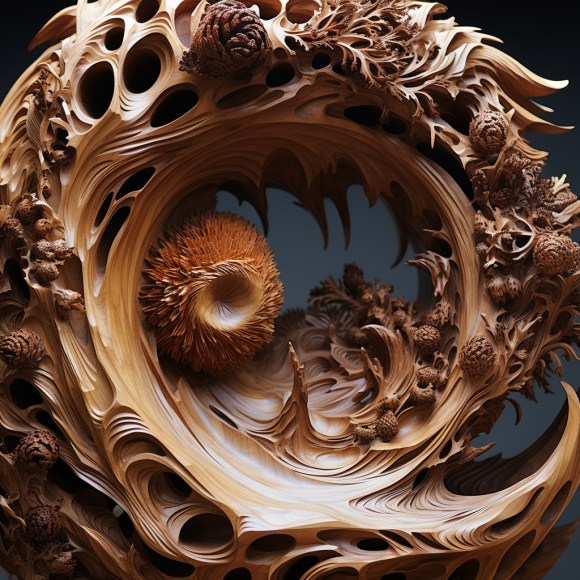Understanding Wood Types for Sculpture: Properties and Characteristics
Wood is a timeless material cherished for its versatility and beauty in sculpture. Whether you’re a seasoned woodcarver or a novice exploring this craft, understanding the different types of wood is essential for creating stunning works of art. Each wood species possesses unique properties and characteristics that influence its suitability for sculpting. In this guide, we delve into the diverse world of wood types, helping you choose the perfect material for your next masterpiece.
Hardwoods vs. Softwoods
Wood can be broadly categorized into two main types: hardwoods and softwoods. Despite the names, these terms don’t necessarily refer to the density or hardness of the wood. Hardwoods come from deciduous trees, such as oak, maple, and cherry, while softwoods are sourced from evergreen trees like pine, cedar, and spruce. The primary distinction lies in the structure of the trees themselves, with hardwoods having more complex cellular structures than softwoods.
Properties of Hardwoods
Hardwoods are prized for their durability, density, and intricate grain patterns, making them popular choices for high-quality sculptures. Each hardwood species offers unique characteristics that influence its carving properties and final appearance.
- Oak: Known for its strength and prominent grain, oak is a favorite among woodcarvers. It’s relatively easy to carve and showcases a beautiful texture when finished.
- Maple: Maple wood is prized for its fine texture and smooth finish. It’s ideal for intricate carvings and details due to its tight grain structure.
- Cherry: Cherry wood boasts a rich, reddish-brown hue that deepens over time. It’s moderately hard and carves well, making it suitable for both small and large-scale sculptures.
Properties of Softwoods
While softwoods are generally less dense than hardwoods, they offer their own set of advantages for sculptors. Softwoods are often easier to carve and may be more affordable than their hardwood counterparts.
- Pine: Pine is widely available and easy to carve, making it an excellent choice for beginners. Its light color and pronounced grain lend a rustic charm to sculptures.
- Cedar: Cedar wood is prized for its natural resistance to decay and insects. It has a distinct aroma and a rich, reddish-brown color that adds warmth to sculptures.
- Spruce: Spruce is valued for its uniform texture and straight grain, making it suitable for detailed carvings. It’s lightweight and easy to work with, making it a popular choice for larger projects.
Considerations for Choosing Wood
When selecting wood for your sculpture, consider the following factors:
- Density: Hardwoods are denser than softwoods, which can affect the ease of carving and the level of detail you can achieve.
- Grain Pattern: The grain pattern of wood can enhance the aesthetic appeal of your sculpture. Some artists prefer pronounced grain patterns for added visual interest, while others may opt for smoother textures.
- Color: The natural color of the wood will influence the overall appearance of your sculpture. Consider how different wood tones will complement your design.
- Durability: If your sculpture will be displayed outdoors or in humid environments, choose a wood species that is resistant to decay and moisture.
In conclusion, understanding the properties and characteristics of different wood types is essential for successful wood sculpting. Whether you prefer the rich warmth of hardwoods or the ease of carving softwoods, there’s a wood species to suit every artistic vision. Experiment with various woods to discover the unique qualities they bring to your sculptures, and let your creativity flourish in this timeless medium.

